Find out about how to grow and care for astilbes.
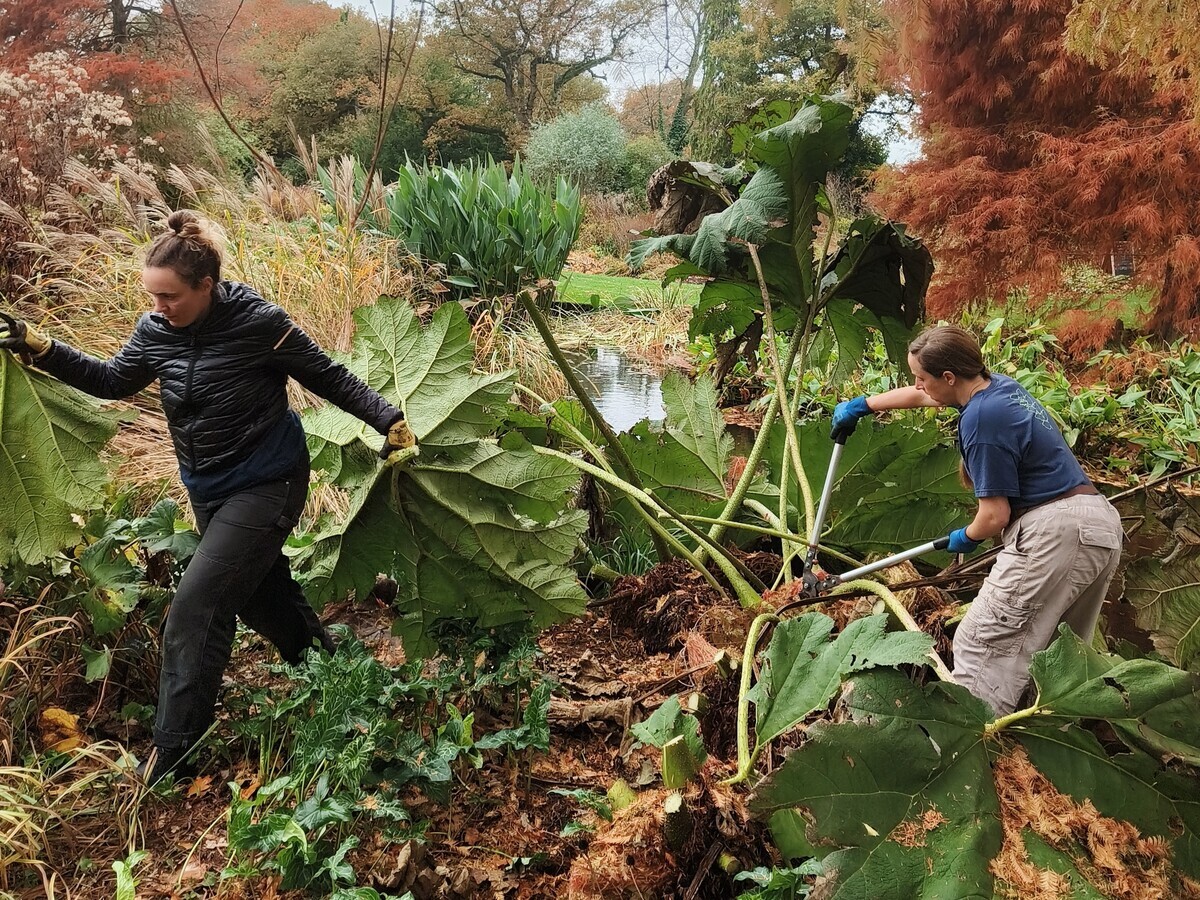
Weekly catch up with garden & propagation

Propagation Team
Sean and Miya have been busy down on the stockbeds, cutting back and making sure our stock plants aren't impeded by any pesky unbeneficial flora which might have took up residence. With Pete's help, they've also been mulching. Administering a good layer of wood bark adds a little protection over the colder months ahead.


Rob, Annie, Tina. Kirsten and Angela have been charging ahead with our habitual late autumn jobs, such as checking the progress of our growing plants, gifting them some new bark and a trim when needed.
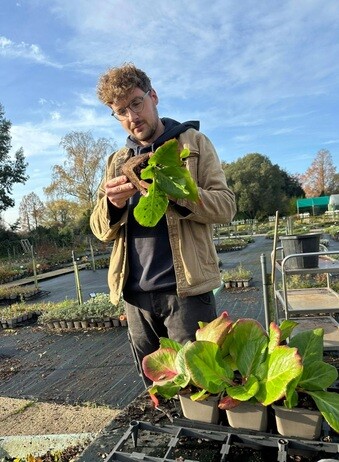

Ned and Pete have been over in the propagation house of late, resetting the benches which hold our plants propagated through cuttings. They've done a mighty fine job!


Kathy has been tipping out and repotting a host of Disporum viridescens. These beauties sport upright stems, with the typical veined fresh green leaves. Pendent, white flowers, flared when opening in the spring, which are followed by plump blue-black berries. They do best with a leafy soil, and a decent amount of moisture, in a shady spot.
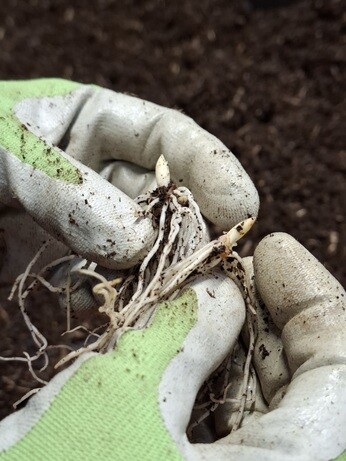
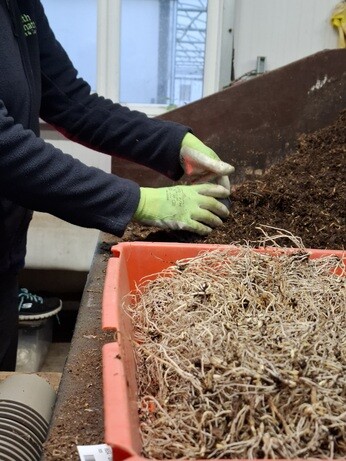

Debs checked in on our Arisaema tortuosum which Emily prepared last year. These little diamonds will be going back into trays until these tubers swell to three times the size pictured. Once ready they are truly fascinating! A shade-loving, early summer flowerer. From hooded green spathes, emerges a long and tortuous, grey-green spadix. Before they emerge, the flowers and foliage are entwined together and unfurl like an otherworldly insect. It can be variable in colour, height and form and is more robust than many other arisaema but is a fantastic addition to a dappled shade border. Followed by clusters of bright orange fruits.

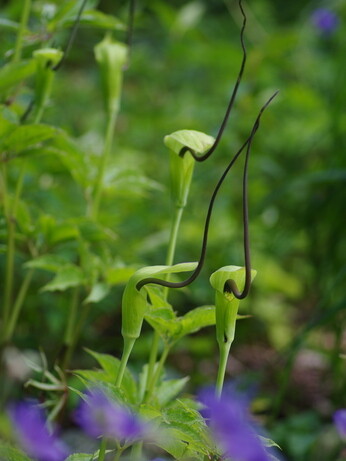
Garden Team
This week started off lifting spiky agaves into the polytunnels to stay warm and dry. They're the only plants lifted out, the rest stay nestled in the ground during the cold season.
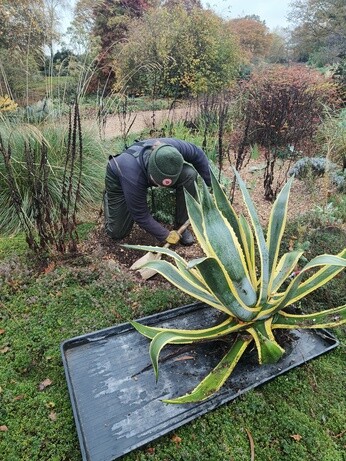
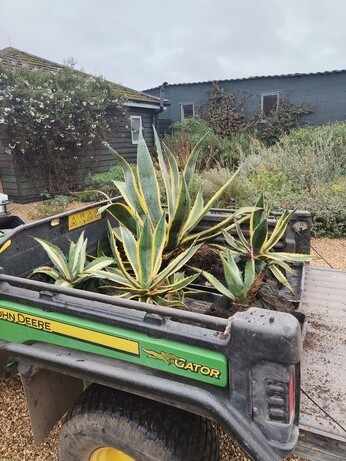
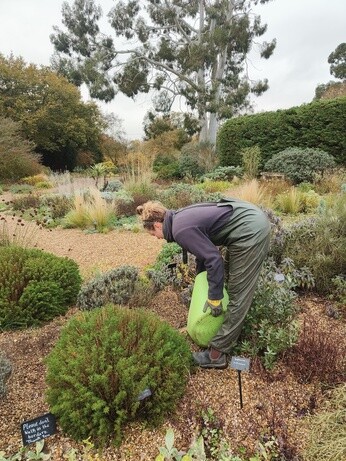
Later when heavy showers set in, the team were wrapped up in waterproofs weeding the beds before they're covered with autumnal leaf fall. They then jumped in the pond to take Beth's boat out of the water for winter. It's been given a good clean, and will be sanded and oiled ready for its spring relaunch.
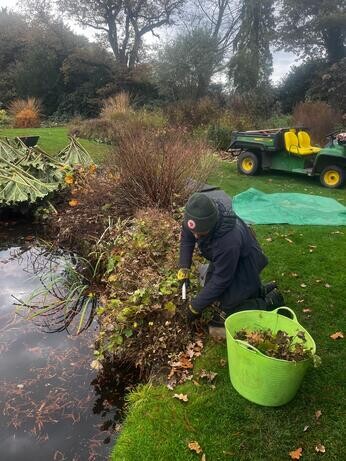
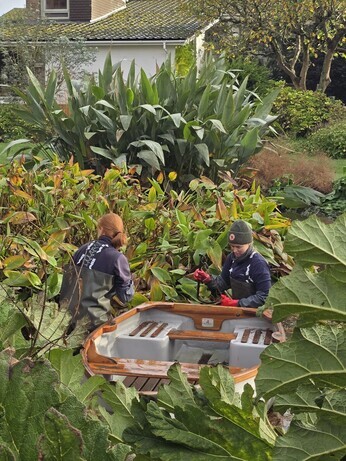
Towering on the pond edges are the huge parasols of Gunnera manicata and G. tinctoria. They are now considered invasive, so it's not something we sell anymore or encourage planting. This week the monster growth was cut down. We use the leaves and stems to create snug teepees protecting their fleshy dragon tongues of new leaves. The giant fingers of flower spikes are disposed of safely so seeding is not encouraged.

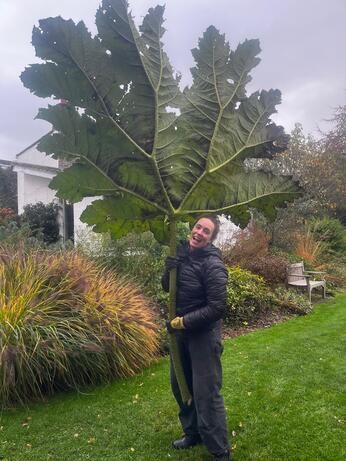

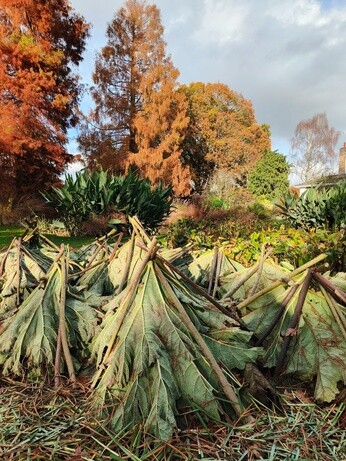
While we can still see the Cyclamen hederifolium, they have been transferred from the bulb bed into drifts of pink and white ready to burst in spring. The last colours of scarlet of Rhus thyphina, russet brown of Taxodium distichum and the butter yellow of Ginkgo biloba are clinging onto the trees, the paths now a carpet of delight.
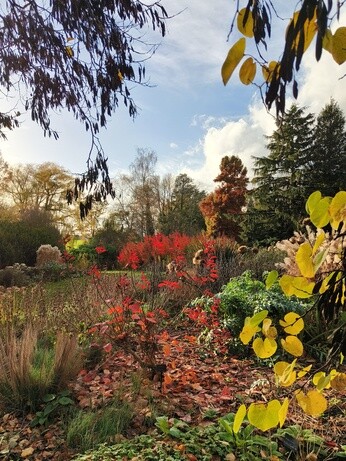

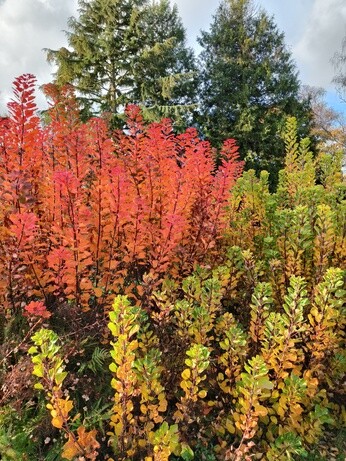



COMMENTS